Two-link transporters in the Russian army
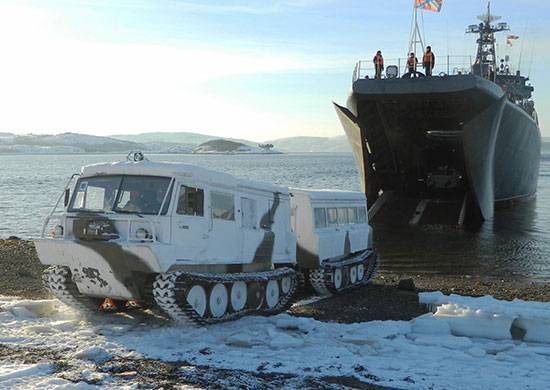
A few years ago, two-link articulated transporters of various models began to arrive in parts of the Russian army. This technique is intended for the transport of people and goods, and more recently it has been used as a base for various weapons. Together with such machines, the army receives new important capabilities of a combat and auxiliary nature.
Two-tier capabilities
Articulated tracked all-terrain vehicles have a number of characteristic advantages over vehicles with one body and a single undercarriage. This allows them to carry more cargo and also provides better off-road and rough terrain performance. Under certain conditions, two-link conveyors are the most successful choice for solving transport and other tasks.
Two wide track undercarriages dramatically reduce ground pressure compared to conventional designs. This improves cross-country ability and/or creates a load margin. The bodies connected by a controlled swing hitch can move relative to each other, which makes it easier to overcome obstacles. In addition, two buildings can provide more space for cargo and passengers.
Two-link all-terrain vehicles perform well on hard and loose soils, on snow and in a swamp. According to the results of numerous tests, they were recommended for use in units and formations in the Far North and other areas with difficult landscapes. Relevant purchases began several years ago, and new equipment began to gradually replace existing samples with insufficient characteristics.
A full-fledged re-equipment of the Arctic units started in the mid-XNUMXs. All-terrain vehicles of several basic models with different characteristics are supplied. At the first stage, the army purchased only transport equipment, and then the development of full-fledged combat vehicles on articulated chassis began. Some of them have already been adopted, while others are still being tested.
Multipurpose transport
One of the first to supply the northern parts was the TTM-4902PS-10 Ruslan snow and swamp vehicle developed and manufactured by the Nizhny Novgorod plant of transport and technological machines. The first machines of this type entered service in the mid-XNUMXs, and further deliveries continued. It was reported that they were intended for motorized rifle units of the coastal troops of the Northern fleet and should partially replace existing conveyors. Then deliveries were made to other parts.
"Ruslan" is a two-link machine with a total length of approx. 11,6 m and a gross weight of 13,5 tons. The front hull accommodates a power plant based on a 300-horsepower diesel engine and a cargo-passenger cabin, and a part of the transmission units and a larger cabin are located in the rear. In the first link, the all-terrain vehicle carries up to six passengers or the corresponding cargo. The rear cabin can accommodate 18 people or 3 tons of cargo. The possibility of re-equipping the rear cockpit into a command post, a medical unit, etc. was envisaged.
The GAZ-3344-20 Aleut all-terrain vehicle from the Zavolzhsky plant of caterpillar tractors is presented in the same class, the deliveries of which began several years ago. This is a car with a gross weight of approx. 10 t with a load capacity of 3 t (2500 kg on the rear link), capable of carrying up to 20 people. It is equipped with a 185 hp diesel engine, which is sufficient for high cross-country ability and mobility. There is the possibility of swimming due to the rewinding of the tracks.
"Aleuts" were purchased, first of all, for the Arctic and Far Eastern units. Recently, the supply of such equipment to the formations of the Central Military District was announced. The machines are used as vehicles with high cross-country ability and provide a wide range of tasks, incl. combat training.
A number of two-link conveyors are produced by the Ishimbay company Vityaz. In the middle class, it represents the DT-3PB and DT-4P snow and swamp vehicles. These are military vehicles with a carrying capacity of 3-4 tons with the ability to transport personnel and / or install reservations and weapons. Depending on the tasks at hand, such all-terrain vehicles can be equipped with a machine gun or other weapons.
Vityaz also produces all-terrain vehicles DT-10PM. This is a larger machine with a gross weight of 21 tons, the payload of which reaches 10 tons. Transportation of heavy loads and high maneuverability on the ground are provided by a 710 hp diesel engine, hydromechanical transmission and undercarriage with wide tracks. The military modification of the "Vityaz" is equipped with armor and has other characteristic features.
The heaviest in the line of the Ishimbay plant is the DT-30PM conveyor. With its own weight of about 28 tons, it is able to carry a 30-ton load, incl. large dimensions. A 780-horsepower diesel engine was used; the machine has a high cross-country ability and, like other "Knights", is able to swim.
The military all-terrain vehicle DT-30PM has armor and can be equipped with weapons. It is used as a conveyor or as a basis for special equipment. For example, on the basis of the Vityaz, a field kitchen, a water tank and other logistics support vehicles have been developed and are being produced.
Fighting vehicles
Since recently, articulated platforms have been used to accommodate various weapons. The result of this approach are new military vehicles that combine high mobility in difficult conditions with the required combat qualities.
The redesigned DT-30PM chassis was used to create new anti-aircraft missile systems. By changing the rear hull and installing appropriate combat equipment, the Tor-M2DT and Pantsir-SA air defense systems were created. Such complexes combine the combat qualities of the base "Tora-M2" and "Pantsir-S1" with the high mobility of the articulated platform. To date, these air defense systems have passed the necessary tests and entered the troops.
On the basis of a lighter chassis DT-10PM, a promising self-propelled artillery gun "Magnolia" was made. In his case, a reduced rear hull is also used, on which the fighting compartment is installed. A universal 120-mm gun on a two-link chassis will have to increase and expand the fire capabilities of ground units while maintaining the required mobility.
Benefits in various areas
Two-link tracked conveyors are distinguished by a certain complexity of design, but it gives them a number of important features and advantages over other equipment. In some situations, such advantages fully compensate for the complexity and allow you to get the desired results. In particular, it is articulated snow and swamp vehicles that turn out to be perhaps the best transport for remote areas of our country.
The Russian army is well aware of the advantages of such equipment and has been buying it for quite a long time. All-terrain vehicles of various classes and models capable of solving various combat missions are supplied for supply. At the same time, the development of the direction continues, and now the main goal is to create new models with one or another weapon.
As a result of past and ongoing processes, part of the army formations received or will receive new vehicles for personnel, incl. protected, means of defense and artillery. Perhaps in the future there will be new projects of combat vehicles, conceptually similar to the Pantsir-SA or Magnolia, but involving the use of other weapons.
Thus, it can be argued that modern two-link articulated transporters have found and firmly taken their place in the Russian army. They successfully complemented other techniques of familiar architecture, and then almost ousted it from those areas where they can show the best results. And, apparently, the development of such all-terrain vehicles will continue with positive consequences for the army.
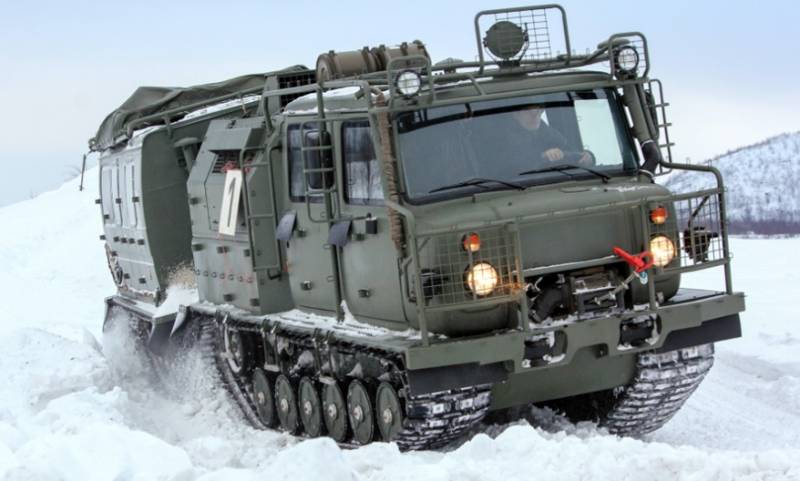
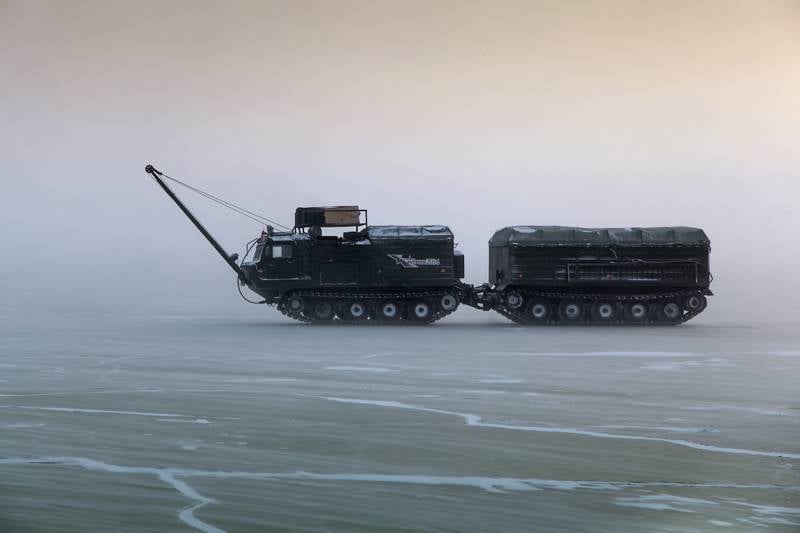
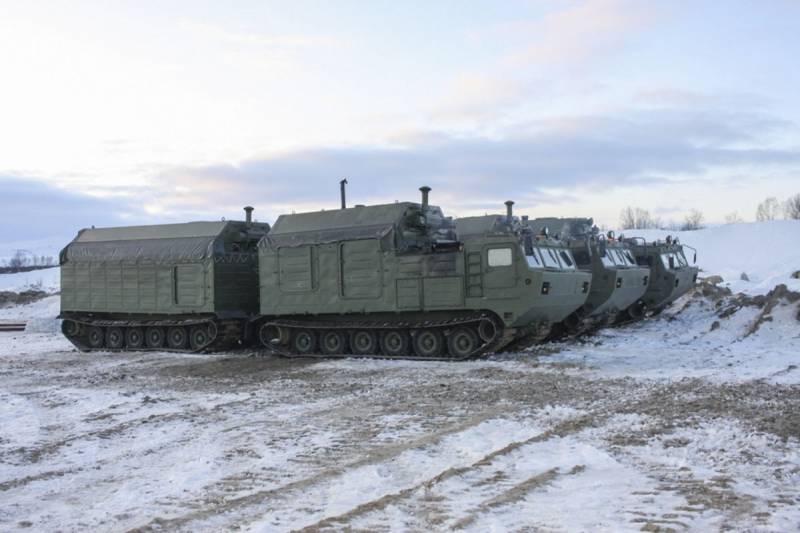
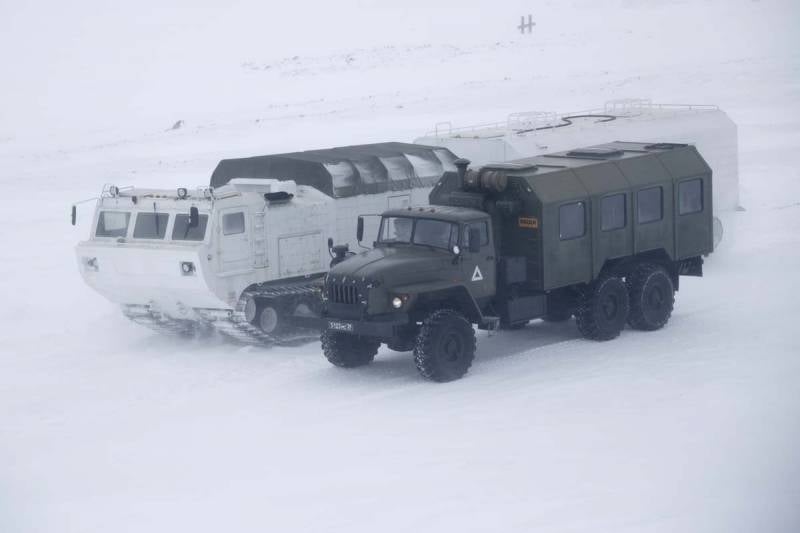
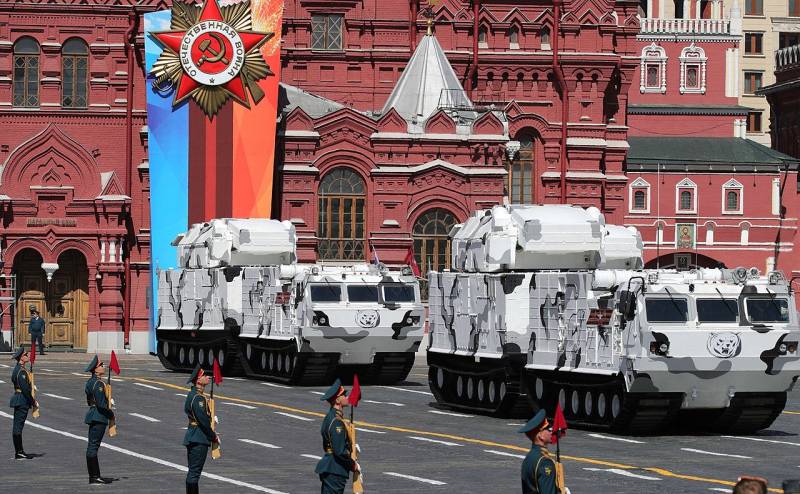
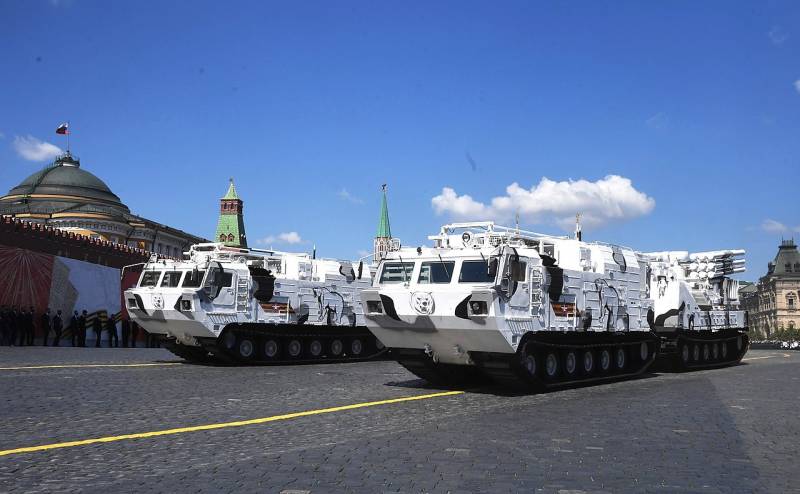
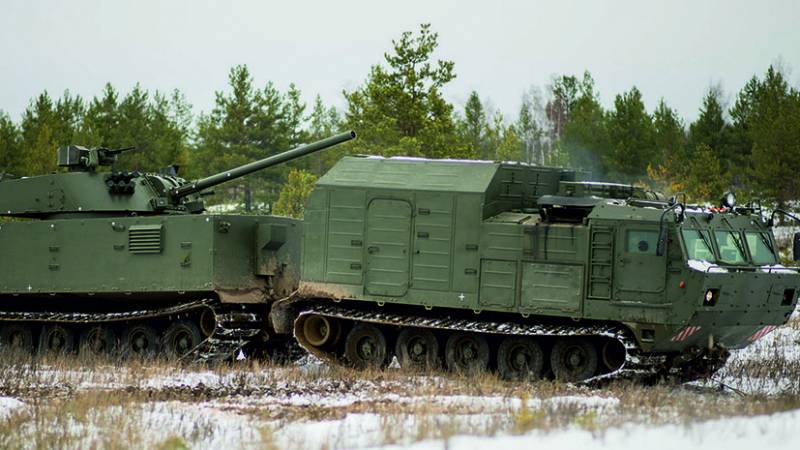
Information